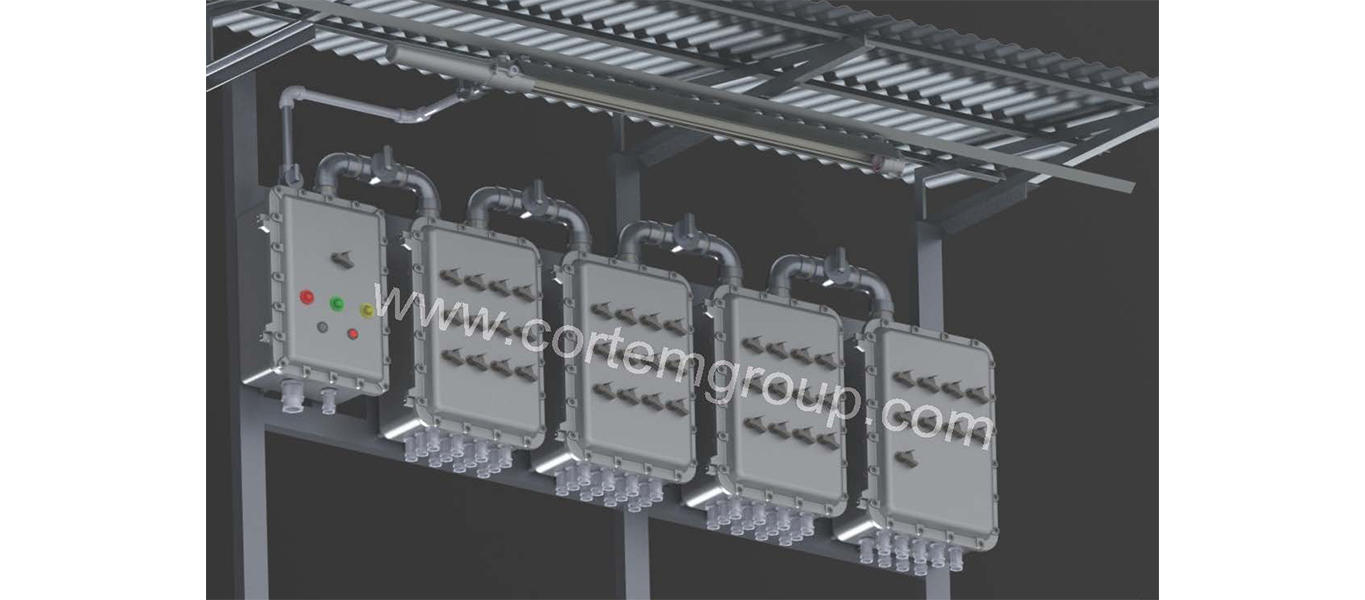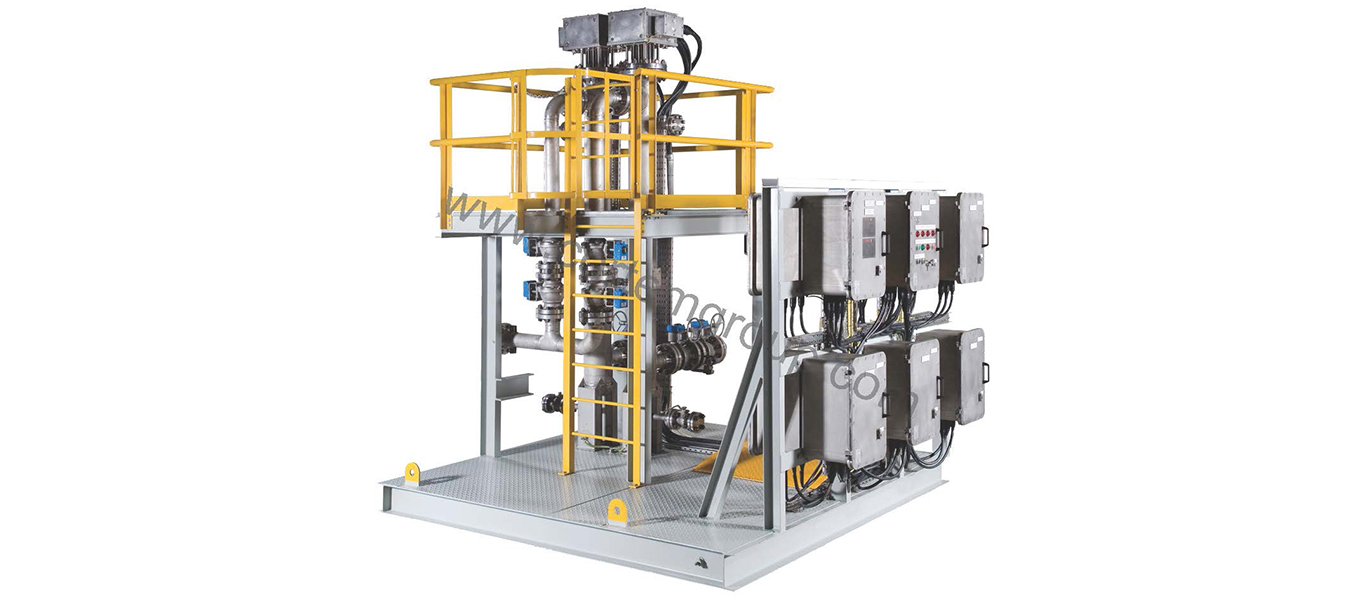The 'Ex d' type of protection: electrical cable installation
In areas at risk of explosive atmospheres, systems with electrical cable installations are nowadays a valid alternative to traditional systems with conduits systems. Their diffusion has been driven by the increasing presence of increased safety equipment such as junction boxes or 'Ex eb ' lighting fixtures, which implicitly lead to the need for sections of the system with cable installation.
by Andrea Battauz, R&D Project Engineer of Cortem Group
Premise
Electrical cable installations are the alternative to the electrical conduit in a metal protective tube to be used in sites where there is a risk of the formation of an explosive atmosphere.
Electrical cable installations consist of one or more cables and the elements that ensure their insulation, their support, their fixing, and their possible mechanical protection.
The cable installations, compared to those in a metal protective tube (conduit), are more like to those of a normal industrial context. They consist of support channels, cable trays or exposed cables; the entry of cables into the flameproof or increased safety enclosures and equipment is normally done through cable glands. Due to this last characteristic, systems with cable installations represent the perfect solution for integrating in contexts at risk of explosive atmosphere those devices that have cable entries in explosion-proof terminal boxes ('Ex db’ method of protection) or increased safety ('Ex eb' method of protection), where the entry is typically through a cable gland.
It is not uncommon to find mixed systems that integrate skids with metal pipe ducts alongside connections to cable systems.

Figure 1: pre-assembled skid with connections between the enclosures made of conduit tube and cable entry/exit from the bottom using 'Ex d' certified cable glands
Electrical cables and mechanical protection
A recurring question among those who design systems in hazardous atmospheres is where it is necessary to use the armored cable instead of the normal non-armored cable. First of all, it should be noted that the ATEX Directive does not provide for the certification of electrical cables or conductors for specific use [1] and that the EN 60079-14 standard requires armored cable [2] only in the case of overhead lines subjected to solar radiation or as diversification to avoid confusing intrinsically safe lines with other non-intrinsically safe ones.
More general indications are given to us by the national plant regulations, where we talk about mechanical protection of the cable and in which the cable armor constitutes one of the possible types of protection. By way of example, we report the Italian case with the indications provided by CEI 64-8 standard.
Mechanical protection, where necessary, will be guaranteed by armored cables, natural shelters of the structures and spacing [3].

Figure 2: skid with connections between the enclosures made of cable installation
As far as mechanical protection is concerned, considering the sections of cable at hand, it is mandatory if stresses may be encountered during normal work.
Conversely, mechanical protection is not required if the stress can only be intentional.In the sections not within reach, it is obviously more difficult for there to be stresses during normal work, therefore mechanical protection, which is required only if these stresses exist, is most of the time unnecessary. [4]

Figure 3: the volume at hand as per CEI 64-8 standard, article 23.11
Environmental conditions
In addition to the issue of mechanical protection against stresses, it is necessary to identify problems that may arise due to meteorological and environmental situations.
The outer sheath of the cables does not normally have a great resistance to aging due to the UV rays contained in the solar radiation.
For this reason, laying in pipes or armored cables is required where there is solar radiation (UV rays).
The same prescription is made to avoid damage due to corrosive agents or heat sources.
Rain can also be a factor of deterioration, when cables are laid in walkways these must be protected at the top by covers to protect from solar exposure. These lids are recommended in the form of a roof to avoid the accumulation of rainwater which can occur above all in the horizontal sections. [5]
Conclusions
In areas at risk of explosive atmospheres, systems with electrical cable installations are nowadays a valid alternative to traditional systems with conduits systems.
Their diffusion has been driven by the increasing presence of increased safety equipment such as junction boxes or 'Ex eb ' lighting fixtures, which implicitly lead to the need for sections of the system with cable installation.
Finally, to facilitate on-site connection, the explosion-proof devices have also been equipped with 'Ex eb' terminal boxes, and in the case of electric motors and 'Ex db eb' lighting fixtures, further extending the sections with cable installation.
Notes, reference standards and bibliography
[1] CEI 31-108 9.3.1
[2] or other mechanically protected cables: shielded cables, with seamless aluminum sheath, mineral insulated with metal sheath or semi-rigid sheath
[3] or " out of reach" as established by CEI 64-8, art. 23.11
[4] CEI 64-8 art. 23.11
[5] CEI 31-108 9.3.7